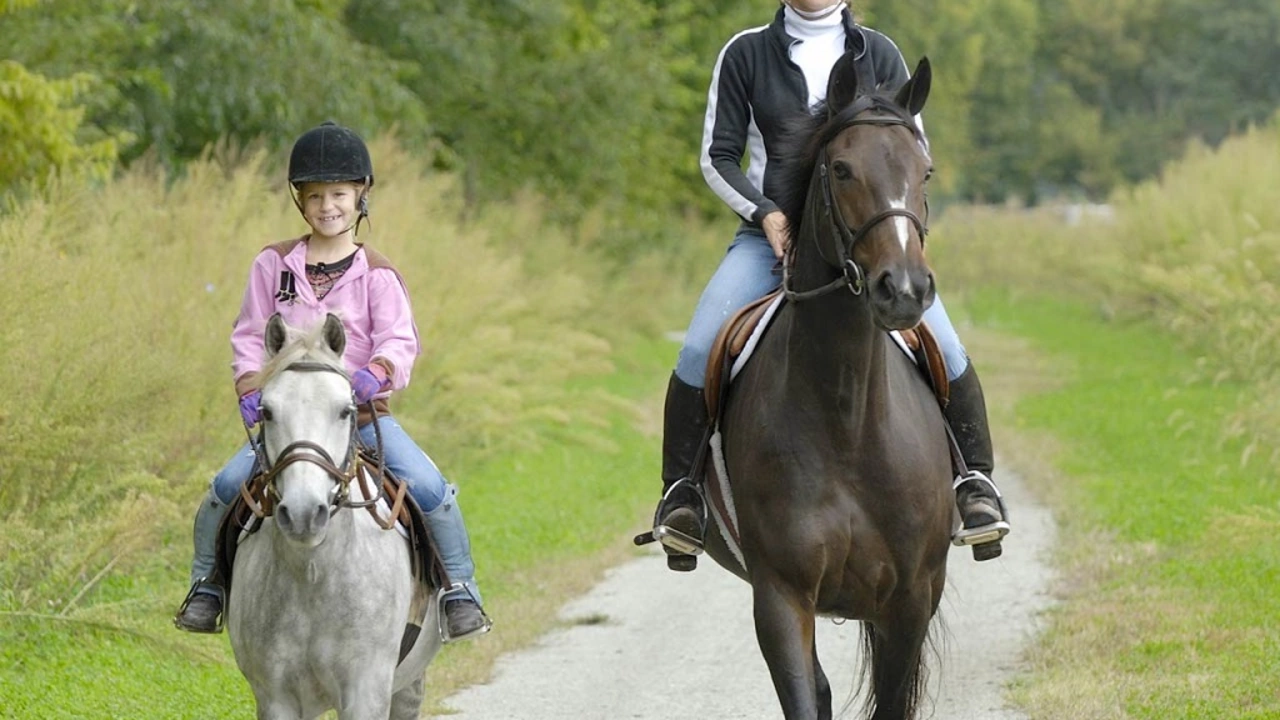How to Make Your School Commute on Horseback Safe and Easy
Riding a horse to school sounds great, but it can feel like a lot of work if you’re not prepared. The good news is that a few simple steps can turn a daily ride into a smooth, worry‑free experience. Below you’ll find the basics you need to check, the things to pack, and how to plan a route that keeps you and your horse safe.
Gear Checklist for the Daily Ride
Before you head out, give your tack a quick look‑over. A well‑fitted saddle prevents sore backs, and a snug but not tight girth keeps the horse comfortable. Check the stirrups for cracks and make sure the reins are in good condition – frayed leather can snap at the worst moment.
Helmet on, boots on, and you’re set. A helmet that fits snugly protects your head and makes you look more confident. Riding boots with a small heel stop your foot from slipping through the stirrup. If the weather’s chilly, add a light jacket that won’t restrict your movement.
Don’t forget a small bag for school supplies. A saddlebag with a zip keeps books, pencils, and a water bottle tidy. A quick‑dry towel is handy if the horse gets a bit sweaty on the way back.
Planning a Safe Route
Pick a path that avoids busy roads and steep hills. Quiet side streets, park trails, or dedicated bridleways are ideal. If you have to cross a road, use a crossing point with good visibility and, if possible, a pedestrian signal.
Scout the route once before you start regular rides. Look for low branches, potholes, or slippery spots that could trip the horse. Bring a friend or an adult along the first few times to spot any hazards you might miss.Timing matters too. Leaving a bit earlier means less traffic and more daylight. It also gives you a few minutes to calm the horse if it gets nervous in a new area.
When you get to school, lead the horse to a safe tie‑up spot. A sturdy fence or a designated horse parking area works best. If your school doesn’t have a spot, talk to the administration about setting one up – many schools are happy to accommodate.
After class, repeat the check‑list in reverse. Pull the reins, thank the horse, and give it a quick pat. A short walk around the stable yard lets the horse stretch and cool down before the ride home.
With these basics in place, riding to school becomes a regular part of your day rather than a stressor. It’s all about preparation, the right gear, and a clear route. Give it a try, and you’ll soon wonder how you ever got to school any other way.
Are you allowed to ride a horse to school?
So, can you really ride a horse to school? Well, it's not a simple yes or no. The answer mainly depends on your school's policies and local laws. Some places might allow it, considering that the horse is properly taken care of and secured during school hours. But in many urban areas, it's likely to be prohibited due to safety and logistical concerns.
READ MORE